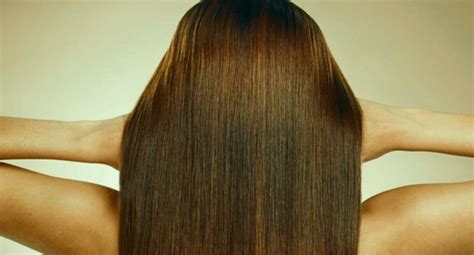The Science Behind Hair Color
Your hair color is determined by the amount of melanin in your hair follicles. Melanin is a pigment that gives color to your skin, eyes, and hair. The more melanin you have, the darker your hair will be.

There are two types of melanin: eumelanin and pheomelanin. Eumelanin produces brown and black pigments, while pheomelanin produces red and yellow pigments. The ratio of eumelanin to pheomelanin in your hair follicles determines your hair color.
How to Choose the Right Hair Color for You
There are a few things to consider when choosing a hair color. These include:
- Your skin tone: Your skin tone can help you narrow down your hair color choices. If you have fair skin, you will likely look best with lighter hair colors. If you have medium skin, you can wear a wider range of hair colors. And if you have dark skin, you can wear darker hair colors.
- Your eye color: Your eye color can also help you choose a hair color. If you have blue eyes, you will likely look best with cool hair colors. If you have brown eyes, you can wear a wider range of hair colors. And if you have green eyes, you can wear either warm or cool hair colors.
- Your personal style: Your personal style can also help you choose a hair color. If you have a more classic style, you may want to choose a more natural hair color. If you have a more edgy style, you may want to choose a more vibrant hair color.
Hair Color Match Tips and Tricks
Here are a few tips and tricks for choosing the right hair color for you:
- Start with a strand test. Before you dye your entire head of hair, do a strand test first. This will help you see how the color will look on your hair and how it will react to the dye.
- Use a color wheel. A color wheel can help you choose complementary hair colors. For example, if you have brown hair, you could choose a blonde or red hair color to complement it.
- Consider your undertones. Your hair color can have both cool and warm undertones. When choosing a hair color, it is important to consider your undertones so that the color will complement your skin tone.
- Get professional help. If you are not sure what hair color is right for you, you can always consult with a professional hair stylist. They can help you choose a color that will suit your skin tone, eye color, and personal style.
Why Hair Color Match Matters
Hair color can have a big impact on your overall appearance. It can make you look more youthful, more sophisticated, or more edgy. It can also help you hide gray hair or add a splash of color to your life.
If you are not happy with your hair color, there are many things you can do to change it. You can dye it yourself, go to a professional hair salon, or use a coloring product.
Benefits of Hair Color Match
There are many benefits to finding the right hair color for you. These benefits include:
- Improved confidence: When you have hair color that you love, you will feel more confident about your appearance.
- Enhanced attractiveness: The right hair color can make you look more attractive and youthful.
- Better mood: Studies have shown that people who are happy with their hair color are more likely to have a positive mood.
- Increased self-esteem: When you feel good about your hair color, you will have higher self-esteem.
FAQs
1. What is the best hair color for me?
The best hair color for you is the one that complements your skin tone, eye color, and personal style. You can use a color wheel to help you choose complementary colors.
2. How often should I color my hair?
How often you need to color your hair depends on your hair growth rate and how long you want to keep the color. If you have fast-growing hair, you may need to color it more often. If you only want to keep the color for a few weeks, you can use a semi-permanent or temporary hair color.
3. What is the difference between permanent and semi-permanent hair color?
Permanent hair color contains ammonia, which opens up the hair cuticle and allows the color to penetrate the hair shaft. Semi-permanent hair color does not contain ammonia, so it does not penetrate the hair shaft as deeply. This means that semi-permanent hair color fades faster than permanent hair color.
4. Can I color my hair at home?
You can color your hair at home, but it is important to follow the instructions carefully. If you are not sure how to color your hair at home, you can consult with a professional hair stylist.
5. What are the risks of hair coloring?
Hair coloring can damage your hair if it is not done properly. Some of the risks of hair coloring include:
- Hair breakage: Hair coloring can make your hair more fragile and prone to breakage.
- Scalp irritation: Hair coloring can cause scalp irritation, especially if you have sensitive skin.
- Allergic reactions: Some people are allergic to hair dye. If you have an allergic reaction to hair dye, you should stop using it immediately.
6. How can I prevent hair damage from hair coloring?
There are a few things you can do to prevent hair damage from hair coloring. These include:
- Use a deep conditioner. Deep conditioning your hair before and after you color it will help to keep it healthy and hydrated.
- Avoid over-processing your hair. If you color your hair too often, it can become damaged.
- Use a color-protecting shampoo and conditioner. Using a color-protecting shampoo and conditioner will help to keep your hair color from fading.
